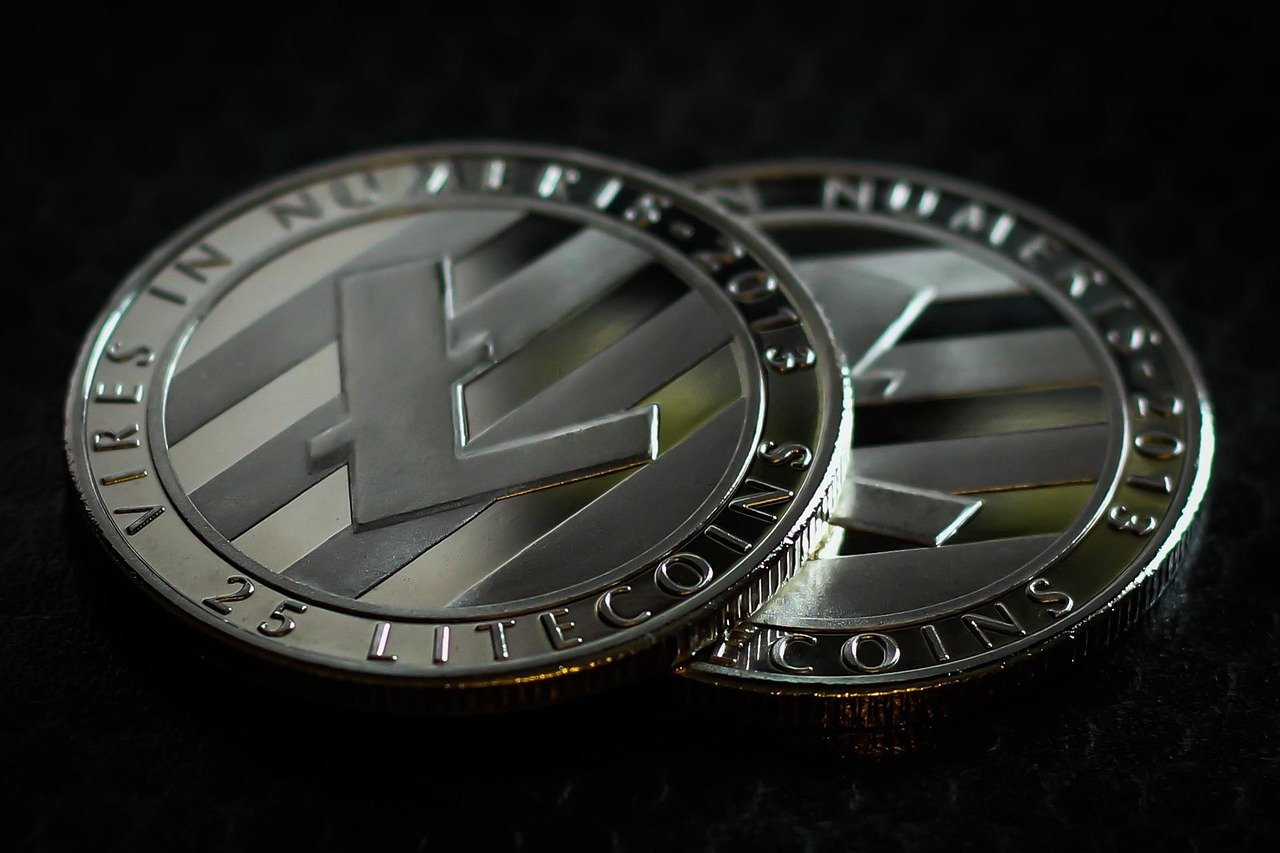- Pi Network has transitioned to its mainnet, enabling users to transfer, stake, and utilize their mined tokens.
- Pi Network now supports real transactions, decentralized applications, and merchant integrations, expanding its ecosystem.
The Pi Network has officially transitioned from its testnet phase to a fully operational mainnet, marking a significant milestone in its journey. For years, millions of users have mined Pi tokens on their smartphones, anticipating the day when they could finally utilize them. Now, with the mainnet launch, users can engage in transactions, staking, and decentralized applications (dApps) within the Pi ecosystem.
If you’re wondering how to make the most of Pi Network’s mainnet, this guide will walk you through everything you need to know.
What is Pi Network and Why is the Mainnet Important?
Pi Network was designed to make cryptocurrency accessible to everyday users. Unlike traditional cryptocurrencies that require expensive mining hardware, Pi allows users to mine tokens using their mobile devices.
With the mainnet launch, the network now offers:
- Decentralization – Transactions are now processed on a blockchain, ensuring security and immutability.
- Utility – Pi tokens can be used for payments, staking, and interacting with dApps.
- Ownership – Users have full control over their tokens, transitioning them from testnet wallets to mainnet wallets.
This transition is crucial for Pi Network to establish itself as a valuable cryptocurrency in the broader blockchain ecosystem.
How to Set Up Your Pi Mainnet Wallet
To use Pi tokens after the mainnet launch, you’ll need a secure Pi Network wallet. Follow these steps:
Step 1: Download the Wallet App
Visit the official Pi Network app or website to download the wallet for iOS or Android. Always ensure you’re using the official source to avoid security risks.
Step 2: Secure Your Private Key
During setup, you’ll receive a private key. This key is essential for accessing your wallet—losing it could mean losing access to your funds. Store it securely and avoid sharing it with anyone.
Step 3: Enable Security Features
To safeguard your wallet:
- Backup your private key in multiple secure locations.
- Enable PIN codes or biometric authentication for additional security.
Step 4: Link Your Wallet to the Mainnet
To migrate your tokens from testnet to mainnet, open the Pi app and follow the steps to link your wallet.
Completing KYC Verification
To transfer mined Pi tokens to mainnet, users must complete Know Your Customer (KYC) verification. Here’s how:
- Log into the Pi App – Navigate to the KYC section.
- Submit Your Documents – Provide a valid government-issued ID and follow the verification steps.
- Wait for Approval – Once your KYC application is approved, your mined Pi tokens will be transferred to your mainnet wallet.
Why is KYC Necessary?
KYC verification ensures regulatory compliance, prevents fraud, and strengthens the network’s legitimacy.
Using Pi for Transactions
Once your wallet is set up and KYC is completed, you can use Pi tokens for transactions. The Pi blockchain is designed to handle transactions efficiently with minimal fees.
Sending Pi Tokens
- Open your Pi wallet.
- Enter the recipient’s wallet address and the amount.
- Confirm the transaction using your private key or authentication method.
- Wait for the blockchain to confirm the transaction.
Receiving Pi Tokens
- Share your wallet address with the sender.
- Tokens will be credited to your balance once the transaction is processed.
Exploring the Pi Ecosystem
With the mainnet launch, users can explore various dApps, marketplaces, and merchant integrations within the Pi Network ecosystem.
Decentralized Applications (dApps)
Developers are building dApps on the Pi blockchain that allow users to:
- Exchange goods and services.
- Access blockchain-based applications.
Merchant Integration
Pi Network is working towards merchant adoption, allowing businesses to accept Pi tokens as payment.
Staking Pi Tokens
Staking allows users to earn rewards while contributing to network security.
- Navigate to the staking feature in the Pi app.
- Choose the amount of Pi tokens you want to stake.
- Earn rewards while securing the Pi Network.
Participating in Governance
As a decentralized platform, Pi Network allows token holders to participate in governance:
- Vote on proposals related to protocol updates.
- Propose initiatives for the network’s future development.
Real-World Use Cases of Pi
The long-term vision of Pi Network is to integrate its tokens into everyday life. Potential applications include:
- Digital Payments – Use Pi for online purchases and services.
- Smart Contracts – Developers can build decentralized finance (DeFi) applications.
- DeFi Integration – Pi’s blockchain could support lending, borrowing, and staking.
Security Best Practices
To ensure the safety of your Pi tokens, follow these security guidelines:
- Avoid Scams – Only trust official Pi Network sources.
- Secure Your Wallet – Enable biometric authentication and use strong passwords.
- Update Regularly – Keep your wallet app up to date to protect against vulnerabilities.
The launch of Pi Network’s mainnet marks a crucial step toward making Pi a functional cryptocurrency. By setting up your wallet, completing KYC, and exploring the Pi ecosystem, you can maximize the utility of your Pi tokens.
Whether you’re transacting, staking, or participating in governance, Pi Network offers an accessible and decentralized platform for users worldwide.


